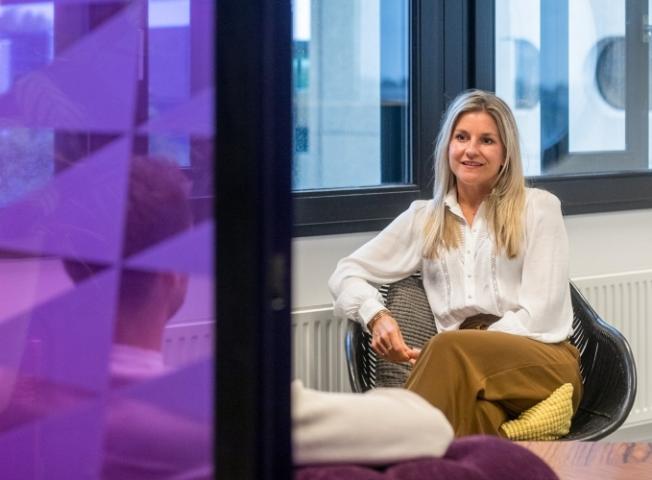Case study
How Inspiratiemotor uses Thomas assessments to help students search for the right course
Inspiratiemotor
The result is that students gain a very clear and objective picture of their motivators. It's not just that I get to know them better, they also learn more about themselves. And this is information that they benefit from for the rest of their lives.

The Challenge
Xandra noticed that many students struggle with answering questions such as 'who am I as a person?', 'what are my talents?' and 'what possibilities are there in the field of study?'. She initially used a self-developed questionnaire to answer these questions.
"The purpose of the questionnaire is to get a good picture of the student I am going to supervise. I see these answers as the first piece of the puzzle. Only when you have a clear picture of what your own puzzle piece looks like, can you start looking for the next piece of the puzzle: further study or another trajectory."
Answering these questions took a lot of time, so Xandra started looking for a tool that could help her and her students to complete the picture faster.

The Solution
To make the right choice when it comes to further study, it is important to have a good and clear picture of yourself. What character traits do you have? What motivates you, and what are your talents? Assessments turned out to be the solution for Xandra to map these things out.
"I started with the Student Profile Analysis (SPA) and Behaviour assessment (PPA) in 2021. Both assessments are aimed at measuring behaviour. Using these assessments in combination with my own questionnaire turned out to be just the right solution for mapping the first piece of the puzzle," says Xandra.
Not only does she use the two assessments for her individual and group coaching, she also regularly conducts team analyses based on individual Behaviour assessments. Based on these results, Xandra can help the students to put together a productive project group.

The Results
It is the combination of the two assessments, Xandra’s questionnaire and assignments undertaken by students during coaching process that is valuable to Xandra.
“The result is that students gain a very clear and objective picture of their motivators. It's not just that I get to know them better, they also learn more about themselves. And this is information that they benefit from for the rest of their lives.”
Occasionally, students do not immediately recognise themselves in some area of the assessment. Because Xandra is trained in the use and feedback of the results, she can indicate where this originates, leading to insightful conversations that can be eye-opening for students.
When Xandra discusses the results with the student, it often turns out that after explanation, the student recognises their own behavioural traits and their origin. This is exactly the starting point from which Xandra, together with the student, can continue to build on in the future.









